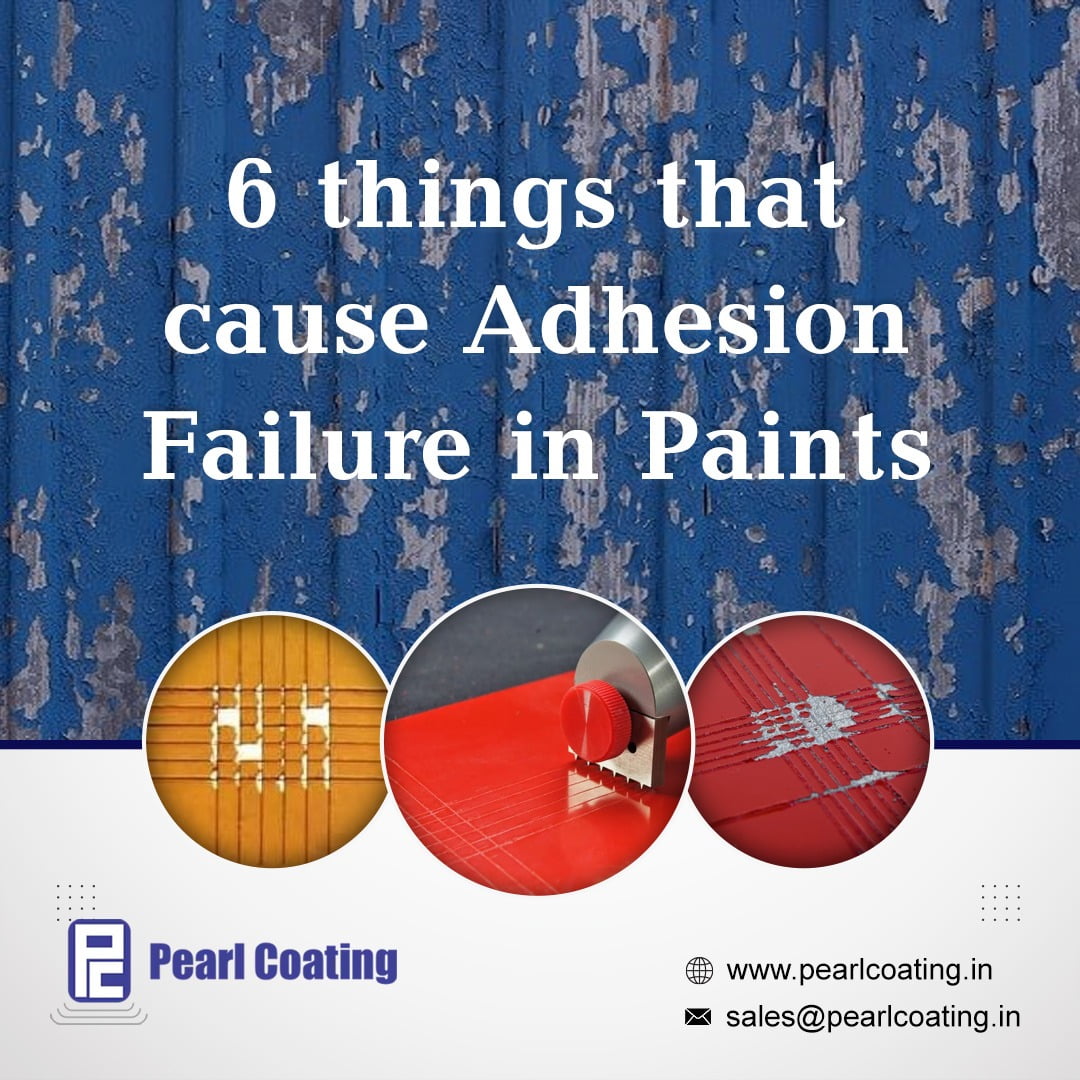There are several factors that can contribute to paint adhesion failure. Here are five common causes:
- Poor Surface Preparation: Inadequate surface preparation is one of the main reasons for paint adhesion failure. If the surface is not properly cleaned, stripped, phosphate, or sanded, the paint may not adhere well and can easily peel or flake off. Phosphating, sanding, or shotblasting make the substrate rough at a microscopic level providing more area for the oncoming paint to anchor/bind onto.
- Moisture and Humidity: High levels of moisture or humidity can affect paint adhesion. Moisture can seep into the substrate, causing the paint to lose its grip and peel away. It’s important to ensure that the surface is dry before applying paint and to avoid painting during rainy or excessively humid conditions. As a thumb rule always spray paint under 85 Relative Humidity (RH) and maintain booth temperature atleast 3 degrees above the dew point.
- Incompatible Surfaces or Products: Applying paint to incompatible surfaces or using incompatible products can lead to poor adhesion. For example, if latex-based paint is applied over an oil-based paint without proper priming or surface preparation, adhesion problems can occur.
- Inadequate Primer or Undercoat: Using an improper or insufficient primer or undercoat can hinder paint adhesion. Primers are designed to promote adhesion and create a suitable surface for the paint to bond with. Skipping this step or using the wrong type of primer can result in total adhesion failure.
- Incorrect paint mixing: For stoichiometry-bound paints, such as epoxy and polyurethane, it is imperative to maintain the recommended stoichiometry mix of paint and hardener at all times. Inability to do so will yield paint films that are either too brittle or too soft and eventually fail the adhesion test.
- Inadequate flash-off between two coats: Wet-on-wet spray painting is a critical SOP to work with. The margin for error for both, the paint manufacturer and the applicator are low. Deviations from the established SOP can result in adhesion failure. Such failures are often observed more than 24 hours after curing too.
It’s important to note that these factors can interact with one another, and multiple issues may contribute to paint adhesion failure. Talk to your paint supplier today and list out all possible scenarios where paint can peel off.
Call us on +91 9822068834 or write to us on sales@pearlcoating.in to eliminate sources of paint failure.




